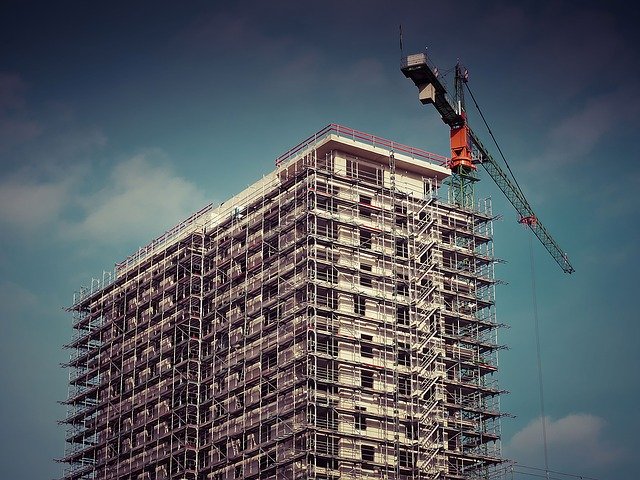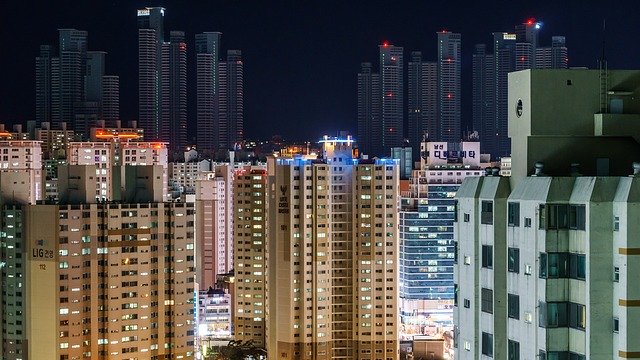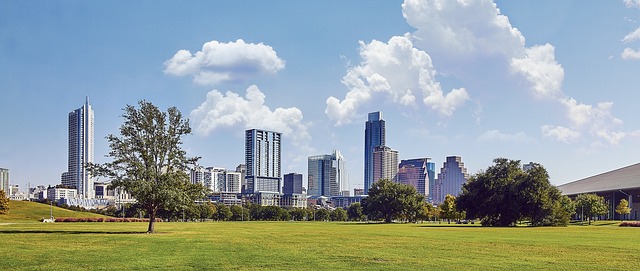Never before has there been a greater demand for housing — especially affordable housing. Michael Hobbes, writing for Huffpost.com in June 2018, cited the grim numbers in a report from the Joint Center For Housing Studies at Harvard University and concluded that the housing crisis is “a ticking time bomb at the heart of the American economy.”
He went on to point out that the pinch is being felt across the board — that homeowners have seen their earnings increase 50 percent since 1960, but home prices have skyrocketed 112 percent in the meantime. The respective numbers for renters, he added, were five percent and 61 percent.
Such factors as underbuilding, an income gap along racial lines and governmental policies have contributed to this situation, which is not new. In 2014, the National Multifamily Housing Council reported that by 2030 there will be a need for some 4.6 million apartments, meaning that to reach that goal, at least 300,000 units would have to be built each year. Alas, we were falling far short; just 186,200 were constructed in 2013, for instance, and four years earlier, at the height of the financial crisis, a mere 97,300 had been completed.
Rehabbing multifamily properties is one way to at least begin to fill the breach. A fortunebuilders.com report noted that the practice is both popular and profitable, an assertion backed up by propertymanagementinsider.com report. The latter asserted that a rehabbed 20-year-old property can bring in between $100 and $125 more in monthly rent than older properties, a promising return indeed.
The lure of such an ROI has resulted in things like the rehab of the Senior Suites of Norwood Park, in Chicago. It has also seen the rise of the the Multi-Family TIF Purchase-Rehab Program in the Windy City, under which rehab projects can be undertaken on vacant and foreclosed rental properties.
Further afield, McKinley Rehab took on projects in two college towns, Ann Arbor, Mich., and Champaign, Ill. Both called for interior and exterior upgrades, McKinley CEO Albert Berriz said during a panel discussion at the 2014 Multifamily Conference, with the one in Illinois particularly challenging, as it involved a property that had “an Animal House-type orientation,” as Berriz put it.
That underscores the downside of rehabbing — the complexity. There is the legwork of developing a plan, tracking down contractors, drawing up paperwork and the like. And there are the costs not only of the contractors and materials, but of purchase, ownership and selling.
Any investor, as a result, would do well to go into a rehab project with eyes wide open. But it could be well worth it in the end, given the ever-increasing demand for affordable apartments.





